Happy summer! For this month’s posting, we are exploring Mountain Trout recipes from several different rail lines. Many railroad dining car departments offered some kind of specialty dish for which their dining car departments became well known.

Figure 1 This logo appeared in Denver & Rio Grande menus from the early 20th century all the way until the 1980s. Colorado Railroad Museum collection.
Fresh mountain trout was offered as a dining car specialty when trains traveled through the Rocky Mountains. Denver & Rio Grande in particular offered it as THE specialty. We wanted to know, where did the fish actually come from? We had difficulty finding the answer, but our research brought us to the fascinating history of fish cars, as well as the history of fishing along the railroad in the Rocky Mountains.

Figure 2 Fish cars, developed by the Fish Commission for different states, were developed from baggage cars. Lower seats were converted to spaces for tanks.
So, what is a fish car? Fish cars were used to transport living fish by rail beginning in 1879 until the last fish car was taken out of service in 1947. The development of government hatcheries prompted the need to transport the fish to stock lakes, rivers, and streams along the various routes. Fish were transported in both egg form and then hatched en route as well as fry (or recently hatched) fish. Originally they were moved in open milk cans, aerated by hand, and the water temperature was regulated by ice. Over time the technique for transporting fish became more refined as the demand grew.
The federal government established a Fish Commission in 1871 to regulate the nation’s fisheries. A predecessor to the U.S. Fish and Wildlife Service, the Fish Commission purchased a “fish car” in 1881 which was a baggage car that was designed specifically to transport fish. By 1929 there were ten fish cars in service. The fish cars were so unique that they were featured in the New Orleans Exhibition of 1885, the Chicago World’s Fair of 1893, and the Pan American Exposition in Buffalo, New York in 1901. At the 1893 World’s Fair, there was an entire Fisheries Building. Not only were species of fish on view live in aquaria, but there were also displays of boats, fish and whale skeletons, and various fishing technologies. This undoubtedly was where the fish car was displayed as a piece of American fish transportation. The beginning of the end of the Fish Car Era started in 1928 as fish were successfully transported by airplane and then by truck.

Figure 4 Rail workers transfer fry into milk cans for transport on the fish car, early 20th century.
Although fish eggs and fry were transported in rail cars retrofitted for carrying live fish to stock waterways, we know that mature fish for eating were typically transported on ice from local and national fish hatcheries. One such hatchery—the Leadville National Fish Hatchery—has a long history here in Colorado, and was likely a supplier of the mountain trout served aboard dining cars traveling through the Rocky Mountains. Located on the Denver, South Park & Pacific, the Leadville National Fish Hatchery has been raising fish for stocking rivers, lakes, and streams since 1889.
The Frantzhurst Fish Hatchery is also a long-extant hatchery located in Salida, Colorado. As Salida was on the Denver & Rio Grande, it makes sense as a potential supplier of mountain trout served aboard dining cars for the D&RG.
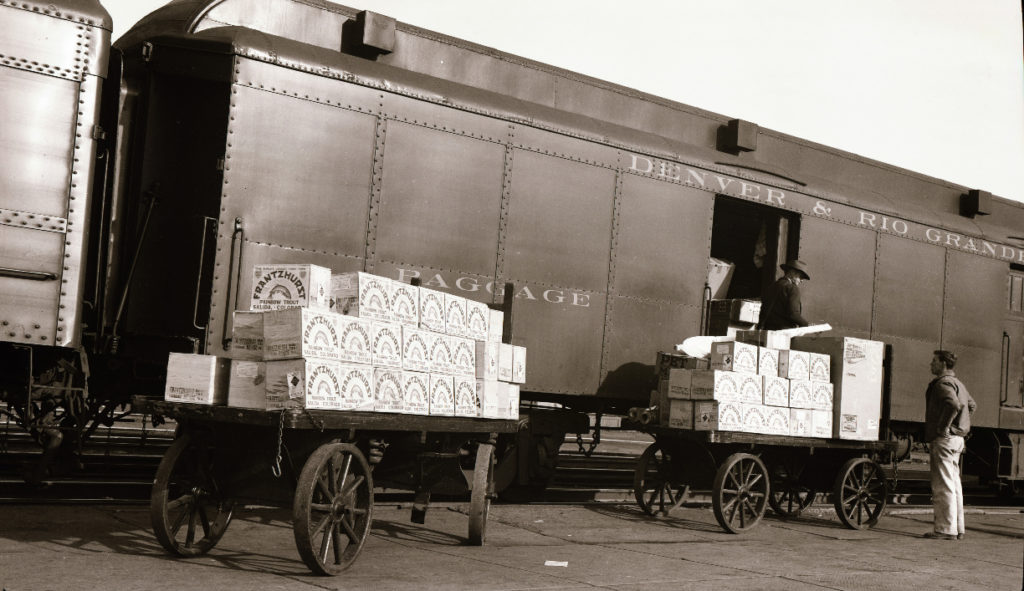
Figure 7 Frantzhurst trout being loaded onto a D&RGW baggage car for transport, circa late 1940s/early 1950s.
Fish Cars and fish hatcheries were not the only connection between fish and the railroad. Several railroads also promoted travel by rail to fishing destinations in the mountain west, such as the Colorado & Southern taking passengers to fish for trout in Platte Canon Colorado (see Figures 8, 9, and 10). In the late 19th and early 20th centuries, the Union Pacific also promoted the mountain west as a fishing destination and used it as a way to promote the notion of Westward Expansion.
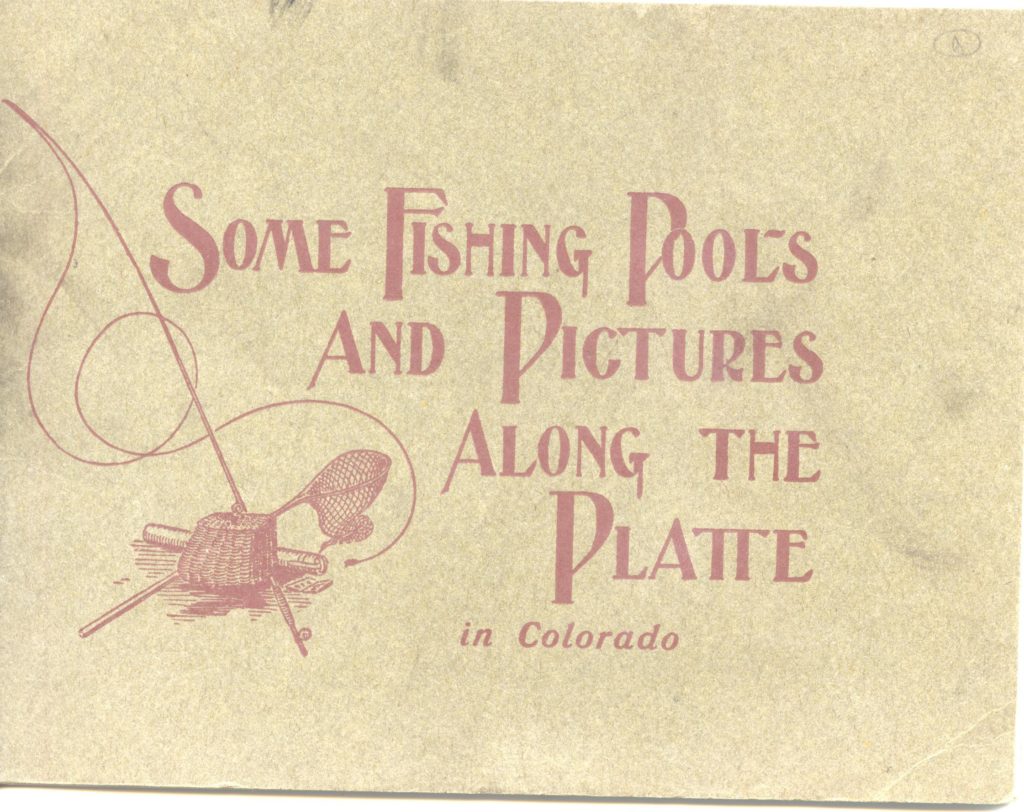
Figure 8 A 1906 Colorado & Southern advertising booklet for fishing the Platte River in Colorado. Colorado Railroad Museum collection.
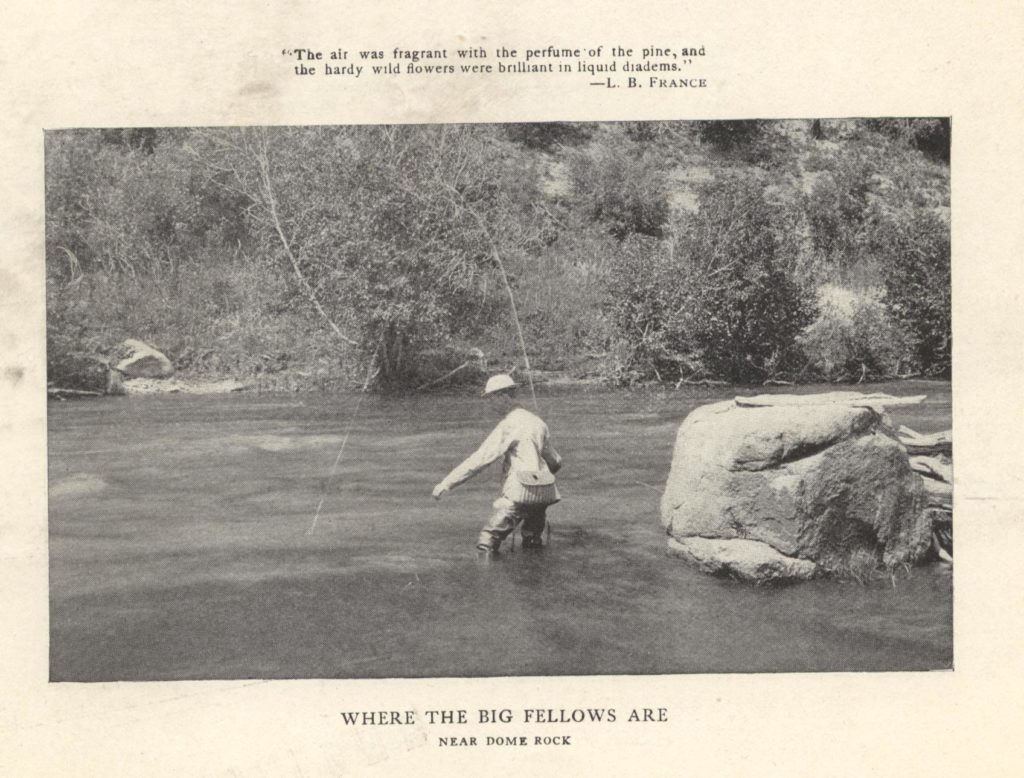
Figure 9 A page from the above-pictured 1906 Colorado & Southern fishing booklet. Colorado Railroad Museum collection.
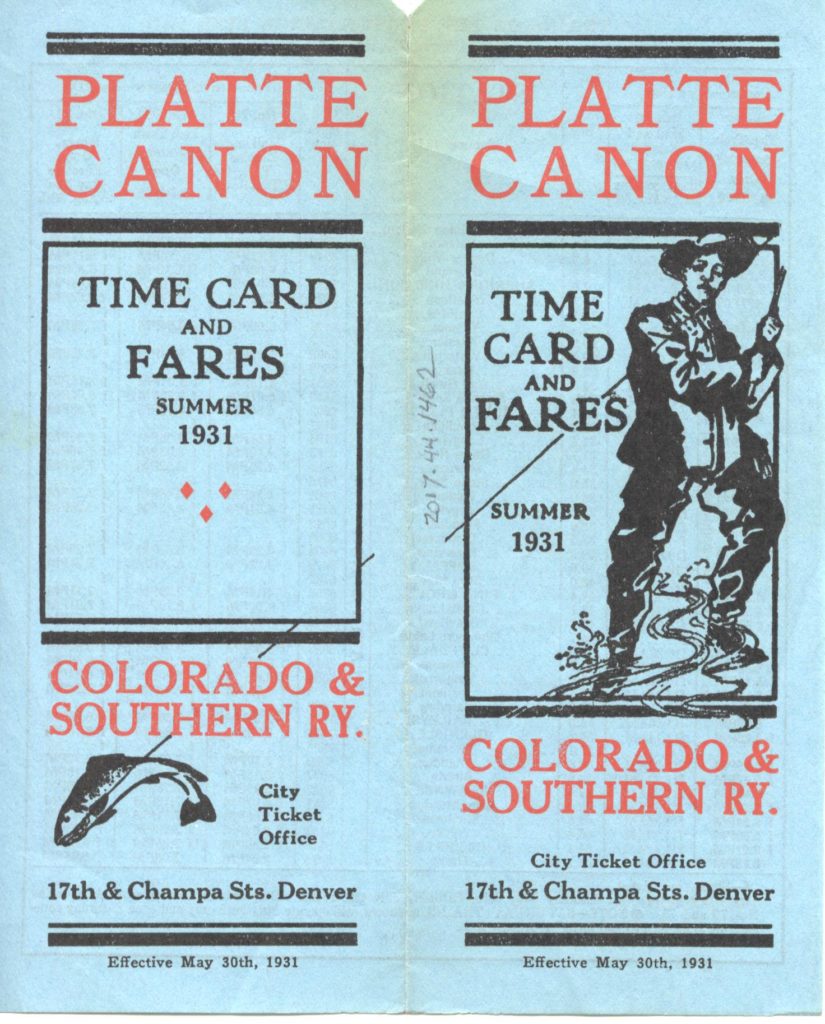
Figure 10 A 1931 Timetable and fare booklet for Colorado & Southern’s Platte Canon (sic) line, advertising fishing on the river. Colorado Railroad Museum collection.
Now we wanted to know, how were the fish served on the dining cars? James Porterfield in his book Dining by Rail notes that when some guests aboard dining cars asked if it was true that the trout were killed fresh, stewards would tell the table’s waiter “Bring the fish to our guest’s table to be killed.” Whether or not this actually happened is unknown, but passengers would commonly ask for the trout to be “dressed.” Dressing the trout involved cutting the head and the tail off of the fish, cutting the fish in half to remove all of the bones, and laying the sides together to serve.
We hope you’ve enjoyed our brief exploration of mountain trout, fish cars, and fishing along the railroad. Below are recipes from the Union Pacific, the Atchison, Topeka & Santa Fe, the Chicago, Burlington & Quincy, and the Chicago, Rock Island & Pacific. If you try a recipe, please let us know in the comments or on any of our social media accounts how it turned out for you!
Mountain Trout Au Bleu, from the Atchison, Topeka & Santa Fe
1 10-inch mountain trout
2 cups court bouillon (recipe below)
Use a fresh-killed trout. Remove entrails, leaving head and tail on. Be careful not to remove the slime covering the trout, as it is important to the flavor of this dish. Place trout in fish pan and set aside. Meanwhile, prepare court bouillon and pour over trout to cover. Return pan to burners, reduce heat to slow boil and cook for 10-12 minutes. Remove trout from pan and serve with drawn butter and horseradish cream (recipe below).
Court Bouillon
2 cups fish stock
1 onion, sliced
I bay leaf
3 whole cloves
2 T vinegar
Juice from ½ lemon
Bring fish stock to a boil. Add onion, bay leaf, cloves, vinegar, and lemon juice. Stir to mix, reduce heat and simmer 30 minutes. Strain before using.
Horseradish Cream
½ cup heavy cream
1 t sugar
2 drops white vinegar
1 t freshly grated horseradish
Combine all ingredients and mix thoroughly. Keep refrigerated.
Recipe recorded from Dining by Rail: The History and the Recipes of America’s Golden Age of Railroad Cuisine, 1993, by James D. Porterfield.
Colorado Mountain Trout Zephyr Style, from the Chicago, Burlington & Quincy
2 mountain trout filets, ½-3/4 lb. each
1 t salt
½ t pepper
Milk sufficient to dip trout
Flour to coat
3 T butter
Juice of ½ lemon
1 t chopped parsley
Melt butter in a large skillet over medium-high heat. Meanwhile, season both sides of each trout fillet with salt and pepper, dip in milk, and roll in flour. Quickly fry trout in butter, allowing 4-5 minutes for each side. Remove to heated platter. Pour browned butter over trout, sprinkle with lemon juice and parsley. Garnish with sprigs of parsley, julienne potatoes (recipe below), and a lemon wedge.
Julienne Potatoes in Butter
4 medium new potatoes
Salt and pepper to taste
2 T butter
Place potatoes in a sauce pan with water to cover and bring to a boil. Cook until potatoes are tender, about 25 minutes. Drain and remove skin. Cut Julienne shape (small strips) using egg slicer to first cut one way, then turn and cut the other way. Season to taste, arrange on serving plate, and top with a pat of butter.
Recipe recorded from Dining by Rail: The History and the Recipes of America’s Golden Age of Railroad Cuisine, 1993, by James D. Porterfield.

Figure 11 Chicago, Rock Island & Pacific Colorado Mountain Trout, Saute Meuniere, as pictured in Dinner in the Diner by Will C. Hollister.

Figure 12 Chicago, Rock Island & Pacific recipe for Colorado Mountain Trout, Saute Meuniere, from Dinner in the Diner by Will C. Hollister.
Past Dining on the Rails Posts:
Dining on the Rails June 2022: Eat like a Hobo!
Dining on the Rails: May 2022 – Mother’s Day Shirred Eggs
Dining on the Rails: April 2022 – How about a nice Old Fashioned?
Dining on the Rails: March 2022 – French Toast, Anyone?
Dining on the Rails: February 2022 – A Chocolatey Valentine’s Treat!
Dining on the Rails: January 2022 – Western Pacific Pork Tenderloin
Dining on the Rails: December 2021 – Cranberry Sauce
Dining on the Rails: November 2021 – Oyster Stuffing!
Dining on the Rails: October 2021 – Chicken Pot Pie
Dining on the Rails: September 2021 – Chili
Dining on the Rails: August 2021 – Pullman “Tom Collins” Cocktail
Dining on the Rails: June – How about a salad?
Dining on the Rails – Atchison, Topeka & Santa Fe Ham!
Dining on the Rails: CRI&P’s New England Boiled Dinner
Dining on the Rails: A Sweet Treat for your Valentine!
Dining on the Rails: Black Eyed Peas!
Dining on the Rails: Eggnog
Dining on the Rails: Happy Thanksgiving!
Dining on the Rails: Union Pacific Apple Pie
Dining on the Rails, August 2020
Dining on the Rails, July 2020
Dining on the Rails, June 14, 2020
Dining on the Rails, June 7, 2020
Dining on the Rails, May 31, 2020
Dining on the Rails, May 24, 2020
Dining on the Rails, May 17, 2020
Dining on the Rails, May 10, 2020
Dining on the Rails, May 3, 2020
Dining on the Rails, April 26, 2020
Dining on the Rails, April 19, 2020
Dining on the Rails, April 12, 2020

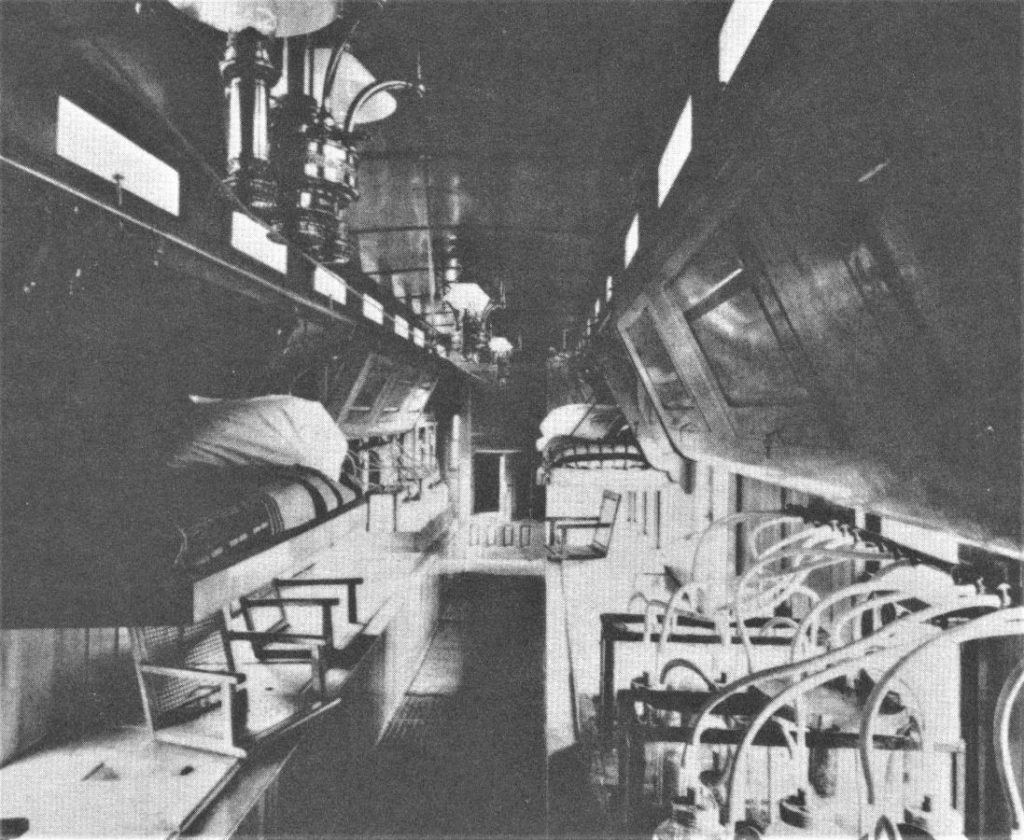



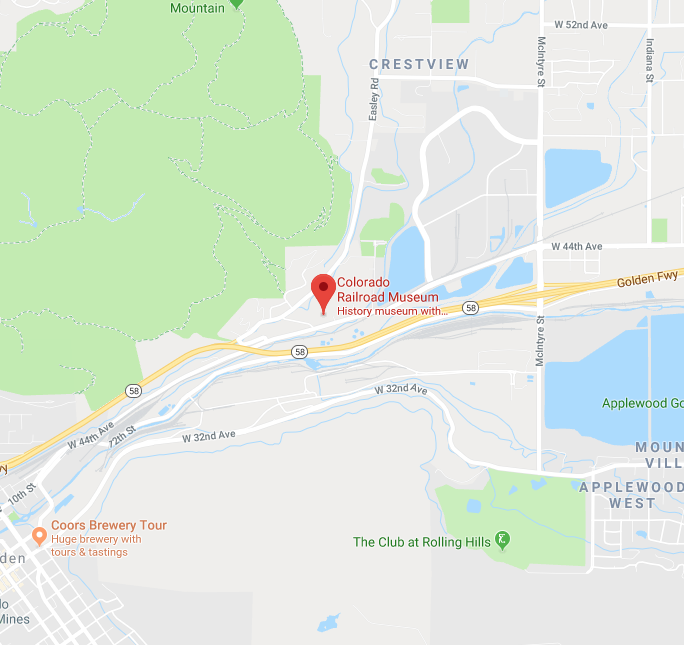


0 Comments